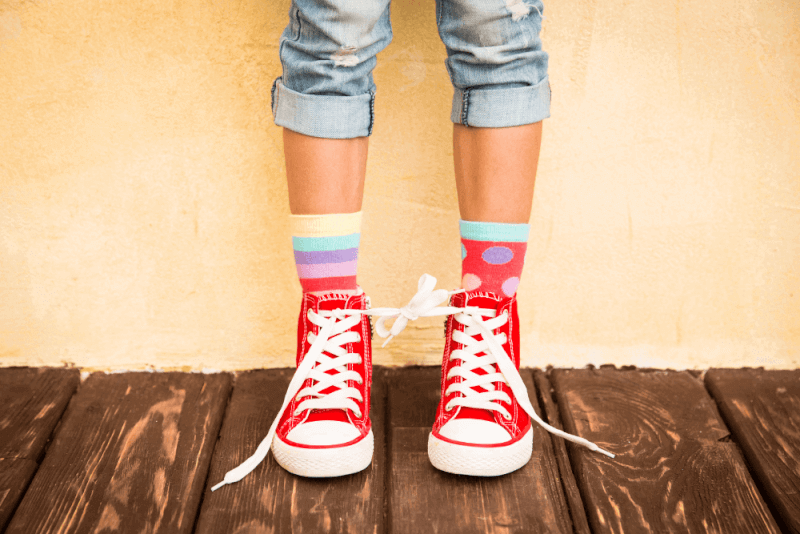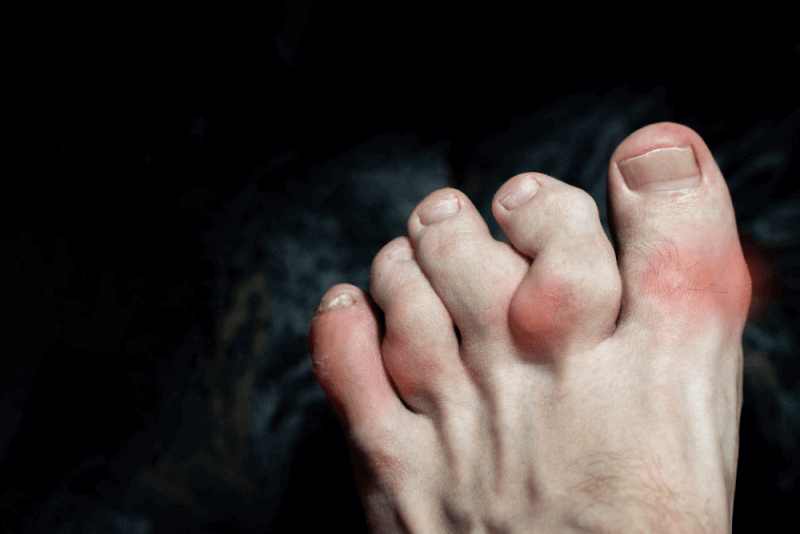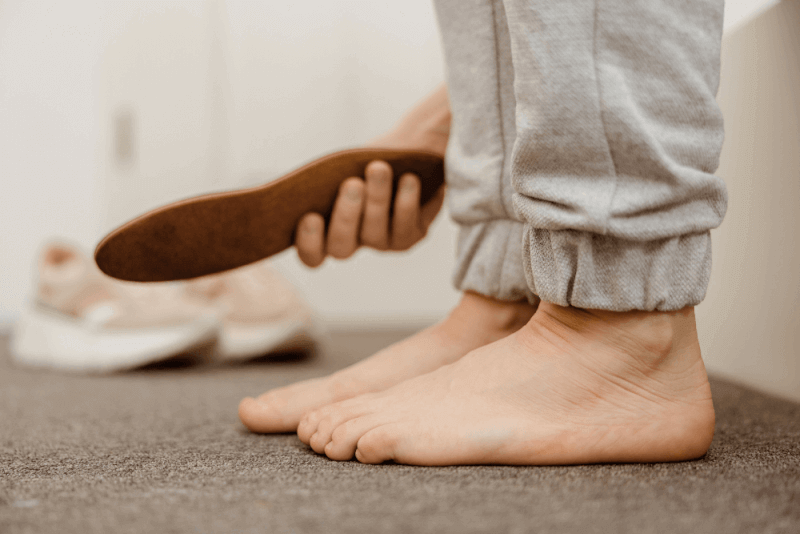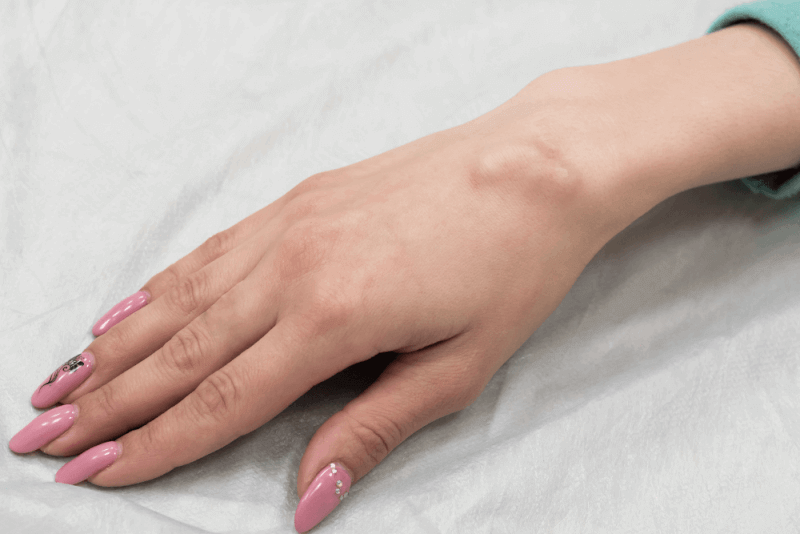What is Tibial Torsion (Inward Turning of the Leg)?
Tibial torsion refers to the twisting of the shinbone. In many cases, it causes the legs and feet of toddlers to turn inward, leading to a pigeon-toed appearance. Less commonly, the legs may turn outward. It affects boys and girls equally. The inward or outward rotation of a child’s legs is almost always a normal variation of development and does not require treatment.
Tibial torsion, whether inward or outward, is the most common cause of gait abnormalities. In almost all children with inward-turning legs, the condition resolves by the time they reach 4 years old. In many cases, one leg may turn inward more noticeably than the other. On the other hand, outward tibial torsion may become more severe in late childhood and adolescence, often affecting both legs.
Causes of Tibial Torsion (Inward Turning of the Leg)
Inward tibial torsion is usually caused by the baby's position in the womb. As the baby grows, the limited space can cause one or both shinbones to twist. This condition tends to run in families.
Outward tibial torsion can also be seen in families and is often related to tight ligaments and tendons in the upper leg. This causes the lower leg to rotate as the child grows.
Symptoms of Tibial Torsion (Inward Turning of the Leg)
Symptoms of inward tibial torsion usually appear within the first 2 to 4 years of life. Many children, when they start walking, have feet that turn inward, and legs that bow outward. This outward bowing helps to provide a wider base of support, aiding the child’s balance.
Symptoms caused by outward tibial torsion typically begin to appear between the ages of 4 and 7. The feet and ankles turn outward, causing the child to frequently trip or stumble.
Diagnosis Criteria for Tibial Torsion (Inward Turning of the Leg)
Tibial torsion is usually diagnosed through a physical examination. During this examination, the rotation of the legs and feet is measured. The family history may also be evaluated. In most cases, X-rays are not required.
Treatment Methods for Tibial Torsion (Inward Turning of the Leg)
Most children with inward tibial torsion improve without medical treatment. Strengthening exercises or physical therapy can help correct balance and walking difficulties. Orthotics, shoe modifications, and braces can be effective in correcting tibial torsion.
For severe tibial torsion that does not improve as the child grows, a surgical procedure called an osteotomy may be recommended. In this procedure, surgeons cut the tibia to correct the rotation. In some cases, the fibula may also need correction. Pins, plates, or screws may be used to stabilize the bones as they heal.
Types of Tibial Torsion (Inward Turning of the Leg)
In cases of tibial torsion, the child's leg may twist either inward or outward. Therefore, tibial torsion is divided into two subtypes.
Inward Tibial Torsion (Inward Turning of the Leg)
When babies are in the womb, their legs are positioned to fit the uterus. This condition usually corrects itself after birth. However, in some babies, the legs do not turn outward as expected. This is because the tibia is positioned higher than it should be. As the tibia grows longer, it is expected to correct outwardly.
Outward Tibial Torsion (Inward Turning of the Leg)
This condition is associated with a twist in the thigh bones. Symptoms usually start to appear when children are around 5 to 6 years old. In this condition, the top part of the thigh bone has an extra twist. This twist makes it easier for the hip joint to rotate outward. This is why children often sit in a W position.








